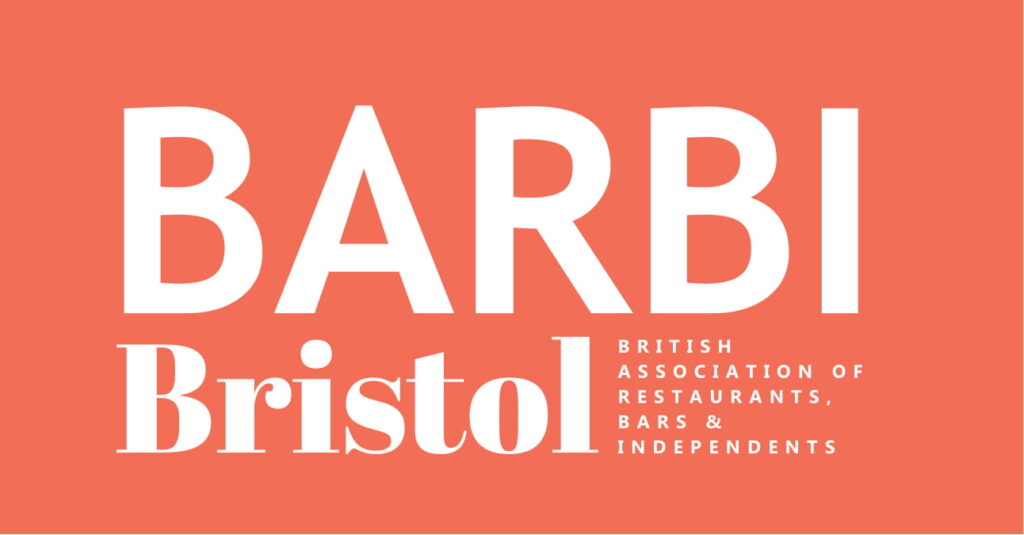Deep fat fryers are a common piece of equipment in restaurants hotels, pubs, casinos. They’re part of many leisure and hospitality establishments’ kitchen set-up.
But did you know that almost 20 people are killed or injured every day due to accidental fires in the kitchen? Deep fat fryers are often the culprit. They can cause serious burns, slips and trips and of course serious fires in your kitchen.
Fires caused by deep fat fryers can have disastrous consequences. They cause cause untold damage to your hospitality or leisure facility. That’s why preventing a fire is paramount to the basic safety of your customers, staff and business.
Read on to find out the things you must do to protect yourself, your staff and your venue.
What you can do to help prevent a deep fat fryer fire
Choose the right location
Do you use a deep fat fryer inside the kitchen of your restaurant, casino, pub or hotel? It’s important that it’s located beneath fume extraction canopies. You should also position your deep fat fryers below the cooking exhaust hood.
The fryer should be situated away from:
- The ends of the range
- Cooking equipment where water could be spilled into the fryer
- Busy work areas or walkways
Care must also be taken to ensure the area around the fryer is kept free of trip hazards. The floor around is should also be cleaned regularly and always left in a safe condition. Any spillages must be cleaned up immediately. A slip or trip near a deep fat fryer could result in a nasty incident.
Install your deep fat fryer correctly
Install, operate and maintain all deep frying and cooking equipment in accordance with manufacturer instructions.
Control the temperature
Fit a thermostat which prevents the temperature of fat or oil exceeding a certain temperature and overheating. You should also consider installing a separate high temperature safety thermostat.
Keep it clean
As a general rule, the older the grease, the greater the hazard. This is because vapours will catch fire from the excess temperature. The fat in the fryer, not just the surface, will be at the self-ignition point.
All deep frying and cooking equipment including flues and extract system ducting must not touch or be in close proximity with combustible material. Extraction hoods, canopies, canopy exhaust plenums, filters and grease traps should be thoroughly cleaned. Remove greasy and oily deposits from the entire internal and external areas at least every seven days.
Record all such cleaning, including details of any contractors employed (together with related invoices). These written records must be retained and kept away from the premises.
Train your team
Ensure your employees are trained in the risks of hot oils and know the right procedure for emptying/cleaning fryers. You should always keep a written record of all training.
Your staff should wear the correct kitchen equipment. Heat resistant aprons and gloves should be worn where necessary. Staff should always wear long sleeves whilst in the kitchen to avoid scalding from hot oil.
If oil is removed from the fryer before it has had chance to cool, it could cause significant burns. Train your staff to only drain oil once it has had sufficient time to cool. It’s normally best to do this before starting work, rather than at the end of a shift. Make sure a sign is displayed explaining this procedure.
Other factors
Your insurance policy may have specific stipulations. For example, if the entire internal area of all flues and extraction ducting has not been cleaned within six months prior to the inception of your policy, then they must usually be cleaned within 30 days of the inception of the policy and at least every six months thereafter.
You should also be aware of any stipulations in your Policy Wording regarding safes or alarms, as failure to comply with these conditions could mean any loss is not covered. This includes your deep fat fryer fire.
For example, review keys and codes to safes and alarms regularly (particularly if you’ve had a change in staff). Most policies will also require safe keys to be removed from the premises when closed, or locked in a separate safe which also has the key removed.
Take preventative measures
Risk management is key to minimising risk and protecting your business. Think about any factors that could cause a deep fat fryer fire, and put in place control measures to mitigate the risk or the worst happening.
For example, never fill a deep fat fryer more than a third full of oil, dry food before putting it in the fryer and never leave it unattended. It seems like common sense, but you’d be surprised how many accidents happen through simple acts of negligence.
Failing to take preventative measures against deep fat fryer fires could mean you won’t be covered if you do need to make a claim. Be sure to check the exact wording of your policy to ensure that you are complying with the relevant conditions and warranties. You can be sure you’ll be covered if an incident does occur.
Deep fat fryer fire risk assessments
All leisure and hospitality businesses with a kitchen facility should have a comprehensive risk assessment, tailored to their individual circumstances. These will identify various risks and control measures related to handling stock, hot surfaces, oils and more kitchen-related risks.
What to do if a deep fat fryer fire occurs
Applying water to a deep fat fryer is extremely dangerous, and can result in serious injury. It can also spread the fire to other areas of your kitchen.
Wet chemical extinguishers are essential for the protection of deep fat fryers because of the intensity of these types of fires and because of the inaccessibility of the areas above the filters and in the exhaust ducts. Never use traditional foam extinguishers. Your insurer may even require you to have a suitable fire suppression system installed.
You should also have a lid and fire blanket for the equipment, though where possible always use a suitable extinguisher.
If a fire does occur, turn off the heat immediately if you can (you could consider switching off the supply) but never move the pan while it’s on fire. Call the fire service if necessary. Don’t try a DIY extinguishing mission unless you have been trained to do so and have the necessary equipment. Never take any risks.
Understand your policy wording
Make sure you’re properly protected by inspecting the Terms & Conditions of your current insurance policy. We understand that insurance policies can be complex, which is why our expert team are on hand to help. To discuss your policy with us, or for a confidential review, get in touch with the team.







